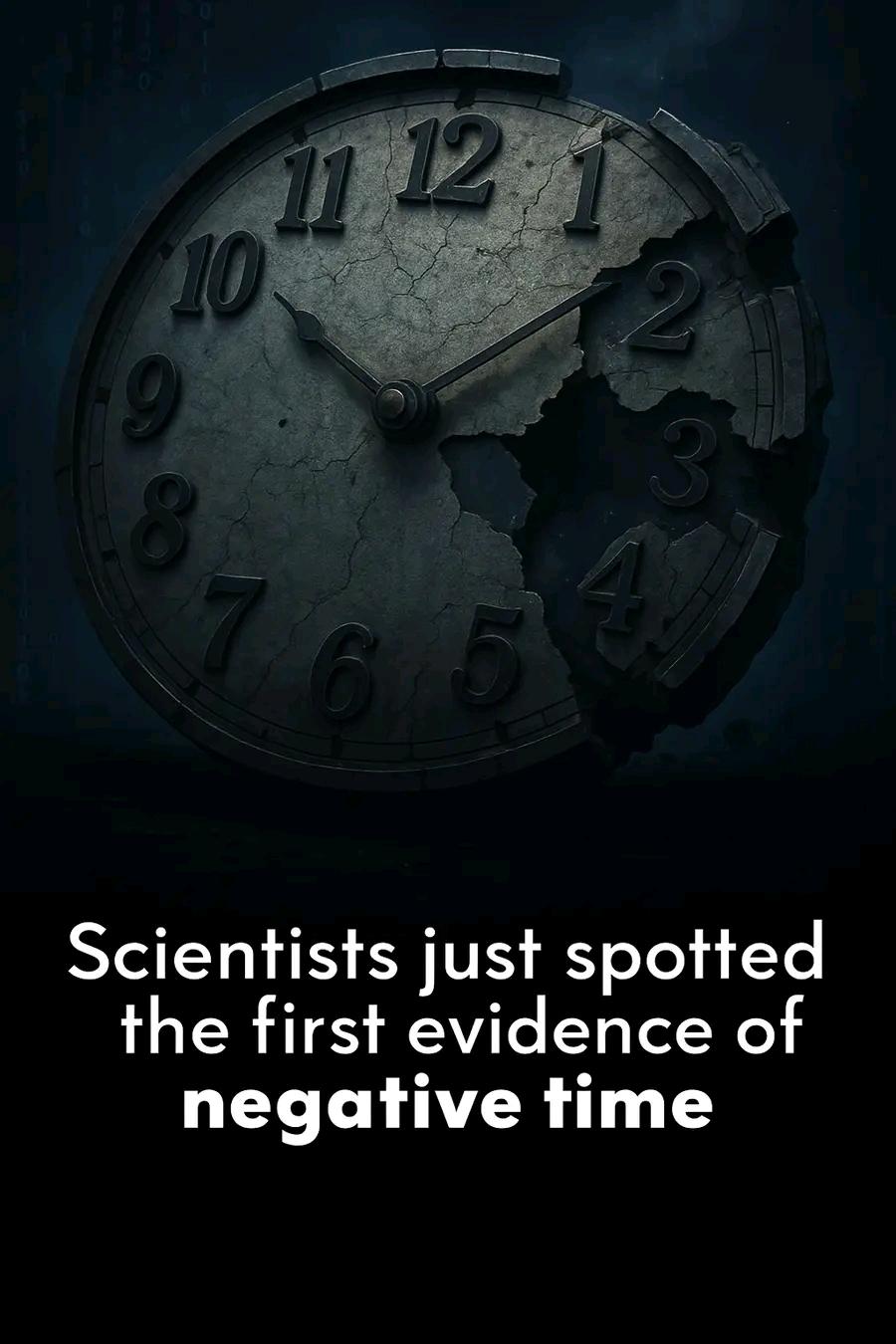University of Toronto researchers have documented quantum measurements suggesting photons can exhibit negative transit times through atomic media. The experiment, led by physicist Daniela Angulo, measured atomic excitation durations following photon interactions and recorded values below zero. While the phenomenon appears to contradict conventional temporal ordering, team leader Aephraim Steinberg emphasizes this represents a quantum mechanical measurement effect rather than causality violation or relativistic contradiction. The findings, published on arXiv preprint server, have generated significant scientific debate. Critics contend that "negative time" reflects mathematical measurement artifacts rather than genuine temporal reversal, while supporters argue the results illuminate fundamental quantum probabilistic behaviors. The research challenges traditional understanding of light-matter interactions without suggesting practical time manipulation applications.
University of Toronto researchers have documented quantum measurements suggesting photons can exhibit negative transit times through atomic media. The experiment, led by physicist Daniela Angulo, measured atomic excitation durations following photon interactions and recorded values below zero. While the phenomenon appears to contradict conventional temporal ordering, team leader Aephraim Steinberg emphasizes this represents a quantum mechanical measurement effect rather than causality violation or relativistic contradiction. The findings, published on arXiv preprint server, have generated significant scientific debate. Critics contend that "negative time" reflects mathematical measurement artifacts rather than genuine temporal reversal, while supporters argue the results illuminate fundamental quantum probabilistic behaviors. The research challenges traditional understanding of light-matter interactions without suggesting practical time manipulation applications.
0 Comments
0 Shares
311 Views



